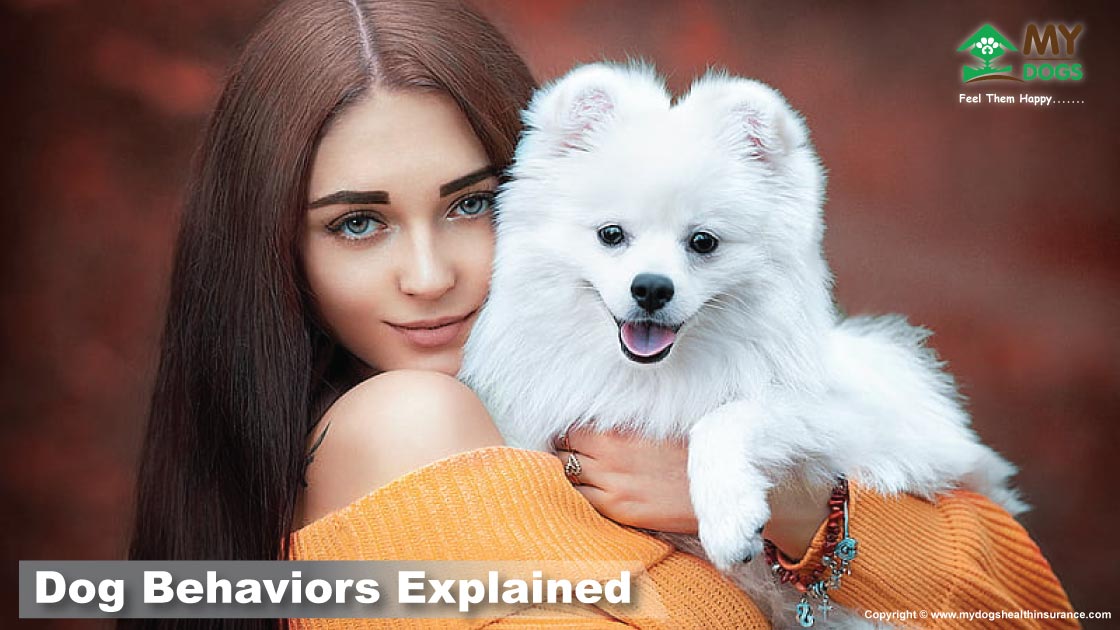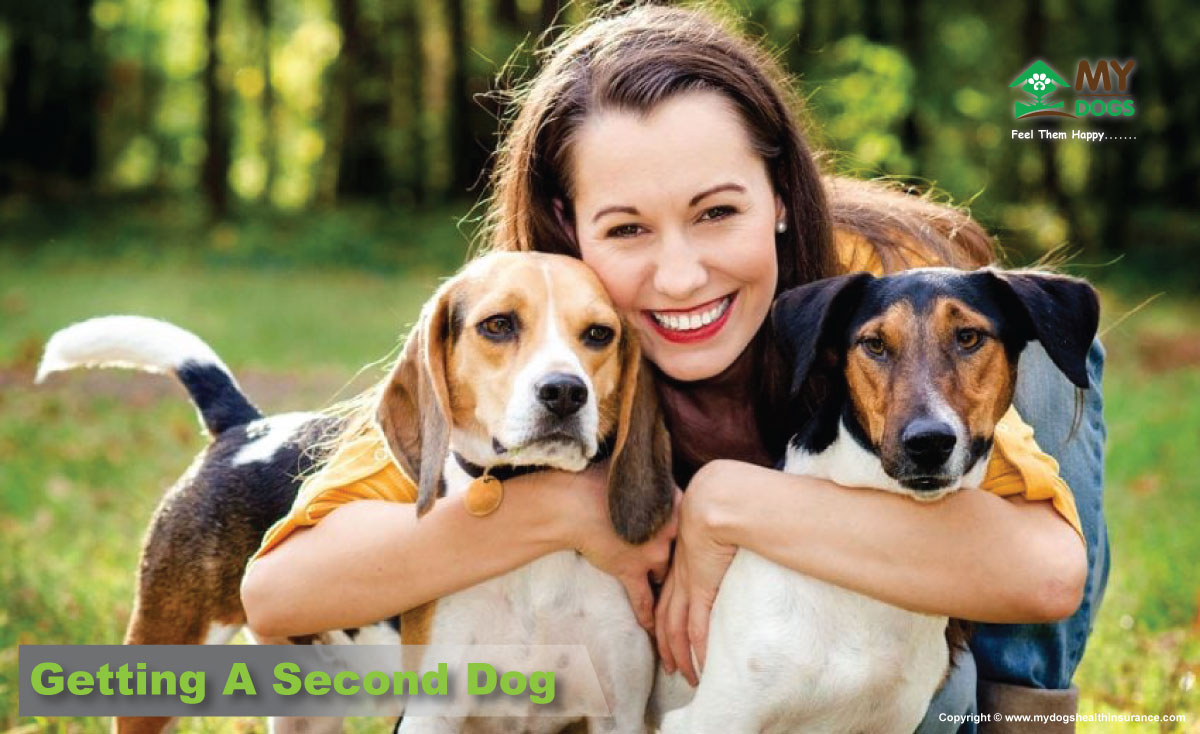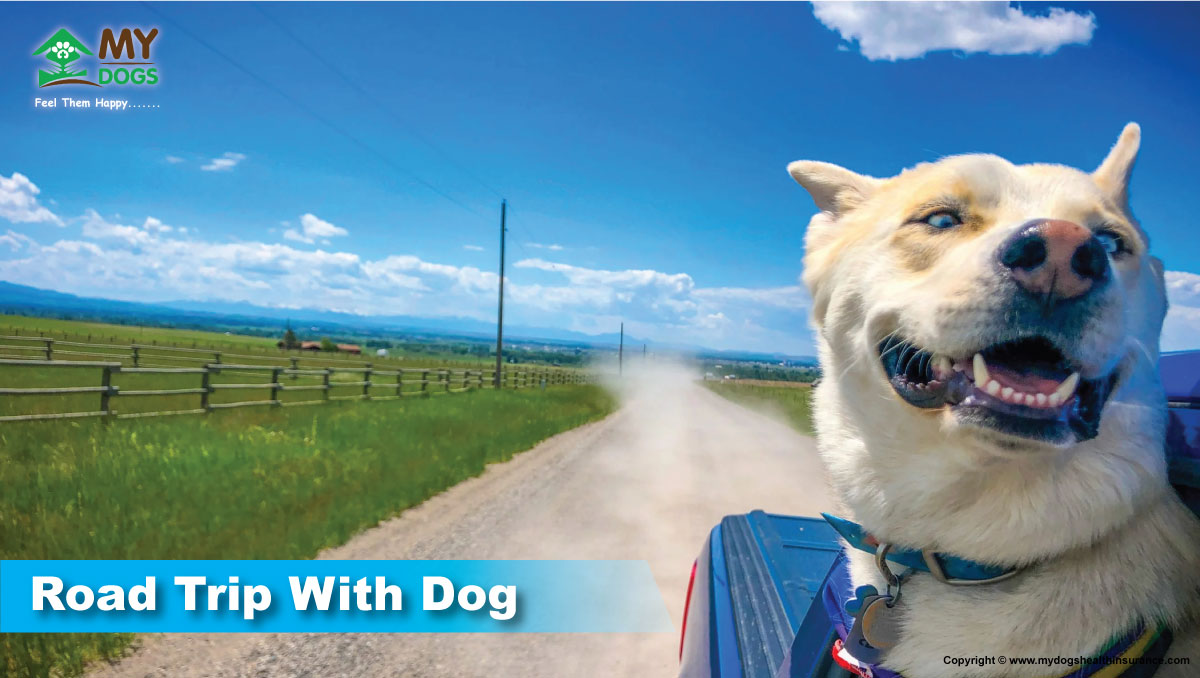Dogs are popular pets in the world. But sometimes their behaviors become confusing or even frustrating for pet owners and other people. To dog behaviors explained, there are a few reasons that could influence dog behaviors. Maybe his breed, age, and past experiences. Besides, Dogs are social animals and want to live in groups, and other dogs and humans often influence their behaviors.
You should learn in this article, some common Dog behaviors that could be explained include barking, chewing, digging, jumping up, and biting. Therefore these dog behaviors could sometimes be problematic. Dogs are usually trying to communicate their needs or desires in a way that these behaviors that they have learned work for them.

Most Common Dog Behaviors:
There is a huge challenge for a Dog owner to interpret dog behaviors when he adopts a new dog. In this article, I will explore some common behaviors of a dog with some methods to get off them.
Dog Or Puppy Nipping:
Puppies nip a lot when they play, and some breeds will continue to be mouthy throughout adolescence. Left alone, this will only get worse and can escalate into outright biting. Some bite inhibition may have been taught while your pup was still in the litter, but it’ll be up to you if your pup continues to consider fingers and limbs fair game as far as his teeth are concerned.

- If you’ve already taught him “No,” you have half the work finished already.
- If he does not move, now is a good time. Use the “No” command liberally whenever your dog starts to get mouthy.
- When your puppy nips, the easiest way to get him to stop is to shun him.
- Yelp at him loudly, like one of his littermates would, when he grabs you, and as soon as he lets go, end all play, turn your back on him.
- Don’t look at your puppy, as well as don’t call him, and just walk away.
- Turning your back on him is enough, your pup will learn that using his teeth puts an end to the fun.
- If your dog is older and still nipping, he successfully grabs and chews people for a long time, so remember that it will take a long time to break his habit.
Dog Biting:
It’s probably not going to be that easy, however. Biting can turn into a power trip really quickly for older puppies and adult dogs. In no time at all, your dog may learn that by biting at your arms and feet he can control where you go and what you do or don’t do. He maybe bites to stop from brushing him. If he trying to bite at your legs to get you to turn in a certain direction, or just to chase you. It’s bad behavior that must stop early on in your dog’s life.
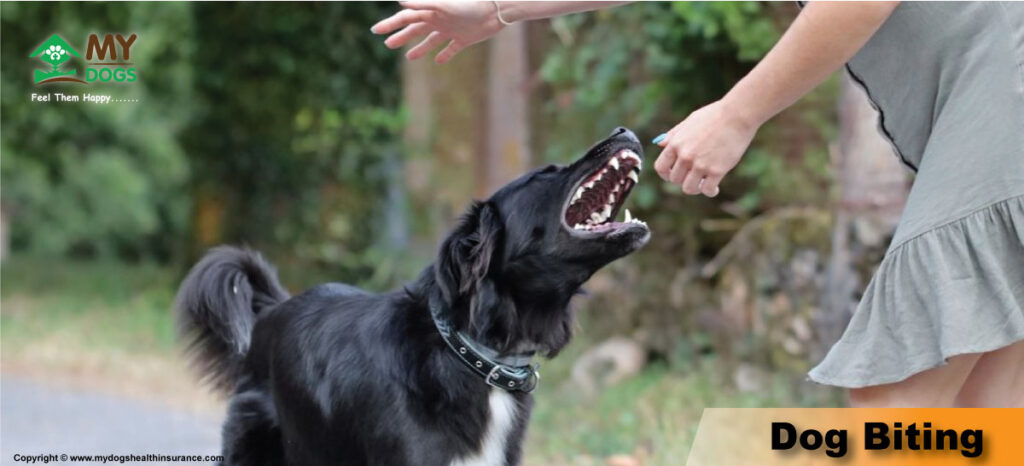
- When your dog tries to bite or grab you or others, quickly notice, and a sharp say “No” may be enough to stop him from connecting.
- If your dog starts to increase his grabbing, you may have to take harsher measures. A muzzle will prevent him from biting, but it’s not the ultimate solution.
- Use a head halter like the Gentle Leader that has a short, dangling tether, and keep it on your dog at all times.
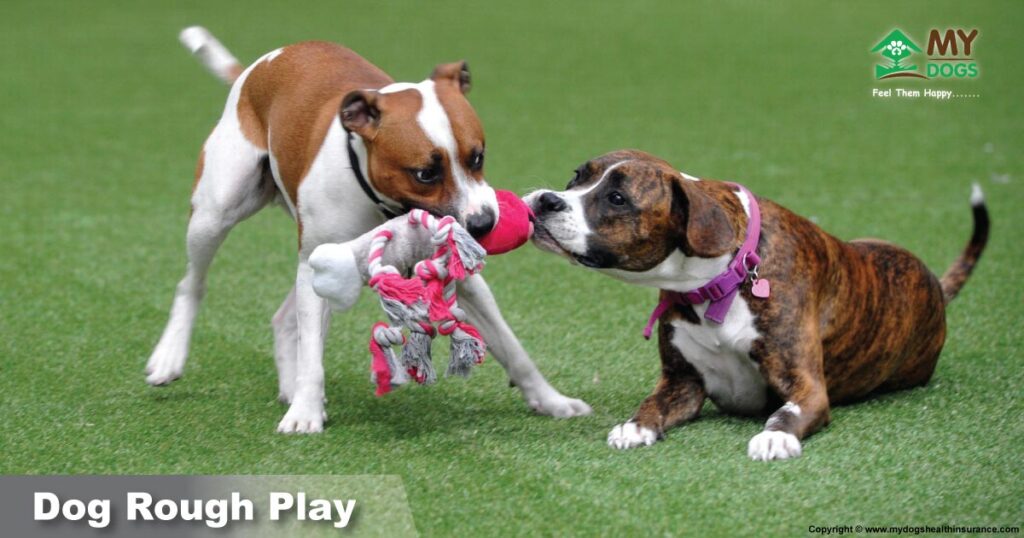
Dog Rough Play:
Redirection is another great tool for training puppies not to play rough. It’s less of a direct training method and more of a negative reinforcement, where you simply remove the item (or game) out of his reach. If he grabs your hand, use a toy to get his attention and praise him for taking the toy (and in the process, letting go of your hand).
Older puppies and adult dogs have a harder time learning that rough play and biting at their humans are unacceptable behaviors, but they will if you are consistent. Most adult dogs that nip and grab were never taught not to and continue because it gets a desired result. In addition to shunning your dog for getting rough with you, you can start by reasserting your own dominance, as some biting behavior in adult dogs is also a way of putting themselves higher in rank than their humans.
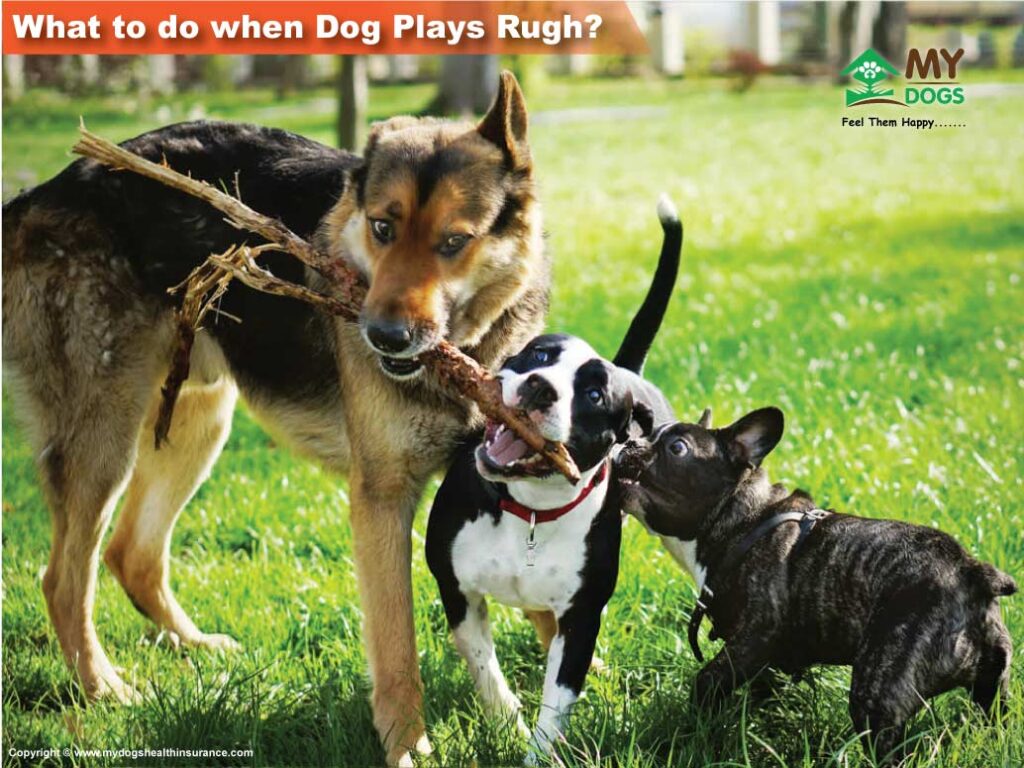
What to do when Dog Plays Rugh:
- When your dog goes to grab your arm, you grab the tether under his chin and pull his nose down fast while telling him “No” in a loud, firm voice.
- Don’t let any panic come through in your voice, even if you feel it.
- If he goes for your arm again, repeat this action but instead of just letting go, haul him off and shut him in the bathroom for five minutes.
- Don’t let him out until you hear absolute quiet from him.
- Repeat this as often as it takes. And in the meantime, start looking for a behavioral trainer.
- Just the command isn’t enough though. you’ll need to reinforce his failure to connect by rewarding him as soon as he focuses his attention on you and not his target.
- Beware of giving him a reaction that he wants. Any type of attention from you will give him what he’s looking for, so don’t holler, scream, or run off; that will only start the game.
- If he grabs your arm to stop you from doing something? Get up calmly, grab his leash and a muzzle, put the muzzle on your dog, and continue what you were doing anyway.
If he does not get the message and continues or worsens his behavior, your dog will need professional intervention.
Dog Barking:
Nothing gets your attention faster than your dog’s barking. And unfortunately, nothing gets your neighbors angrier faster either. The annoyance factor aside, some towns have strict noise ordinances, and a dog that barks may be violating them, which could result in hefty fines. Constant barking is one of the top reasons dogs tend to end up in shelters.
There is some thought that you can put an end to your dog’s barking by getting him a buddy, another dog. It’s a little bit true; if your dog barks because he’s lonely, another dog will certainly alleviate the loneliness. And dogs talk very loudly. In fact, it sounds almost identical to barking. I’m not sure your neighbors will be able to tell the difference.
Barking, more often than not, is a boredom reliever. Dogs like to hear the sound of their voices, and it expands some of their pent-up energy. Barking relieves stress! Haven’t you ever shut
yourself in a room and yelled just to let it all out? I know I have. For all the same reasons, dogs will bark just because they can. If you have a problem barker, I have a list of methods for getting your dog to quiet down.

How To Stop Dogs From Barking:
- Exercise your dog more. There’s a saying “A tired dog is a good dog, and you will find that”. It’s a true dog that has been well-exercised, a he gets too tired to get into trouble. Barking takes up a lot of energy, which is why dogs who lack appropriate exercise are often problem barkers.
- Crate your dog while you are not home. Your dog barking happens when you aren’t at home to hear it. It’s because your dog is lonely (or bored). You usually find out when your neighbor complains, so it’s important to put a stop to the noise as fast as possible. Crating your dog will fix this problem, as he should already see the crate as “quiet time” if he has been crate trained. If he hasn’t been crate trained, you might want to seriously consider it.
- Try doggy daycare. If you are opposed to crate training, or your days at work are too long for crating your younger dog, doggy daycare is an excellent alternative. If your dog is not a problem barker but you work long hours, even if it is just for a day or two each week. It’s an excellent socialization tool. Your dog will be well cared for and exercised during the day.
- Use thinking toys. Even a well-exercised dog may bark just to entertain himself while you aren’t there. It may take a bit of trial and effort to find the right toy that occupies your dog for more than two minutes at a time, but the peace, in the end, will be worth it. Toys that dispense minuscule treats as your dog rolls it around on the floor are good ones to have.
Your Dog Barks Outside, When You Are Home:
Wait until he is quiet before you let him in. But don’t let him back inside, when he has quiet for at least ten seconds. If you miss that window and he has started barking again. He probably just wants to come inside where you are. If you miss the mark and accidentally let him in when he is barking, you’ll only have taught that the door opens on his command.

Dog Digging:
Another very distressing problem for owners to deal with is a dog that digs. It’s destructive, sometimes hazardous if there are other animals or people that can trip in the holes, and seemingly impossible to fix. But digging, like barking, is an entertainment behavior, and most dogs do it because they are bored. Some breeds are more prone to this type of boredom relief than others. Yes, I’m looking in your direction, terriers.
Digging to escape is a different thing from boredom digging, This digger has a specific goal in mind. The dog’s not digging just to entertain himself.
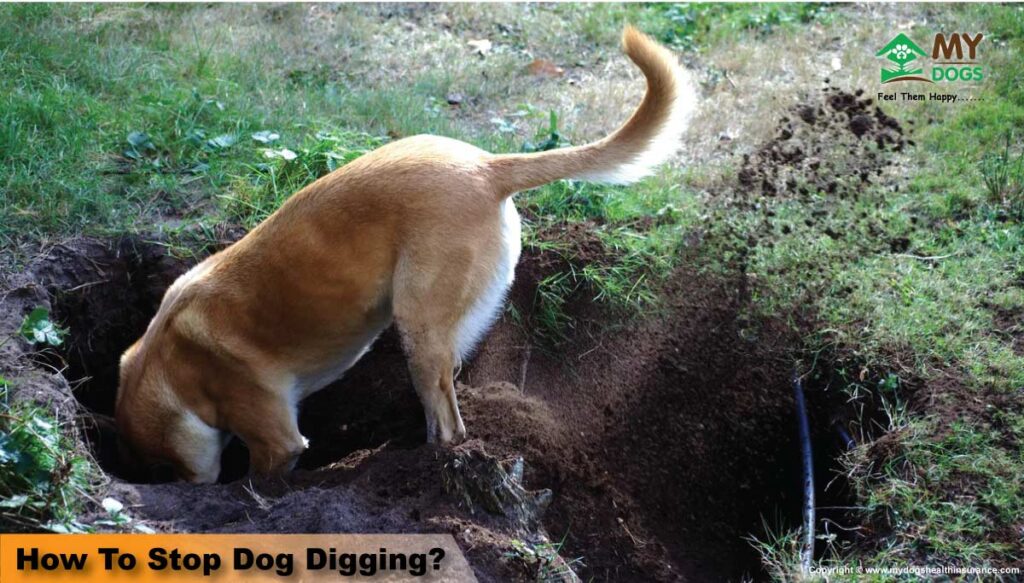
How to Stop Dog From Digging:
- Most digging can be stopped by direct supervision and sufficient exercise. But digging is fun, and for some dogs, it’s as necessary to their being as running is for others.
- If you can get her to dig in a spot that is out of the way and that you won’t mind being dug up, it’s a great form of entertainment for your dog (not to replace conventional play and exercise).
- Find a spot for your dog to dig in your yard away from fences and flowers and out of the way of people walking.
- A corner by the house is usually a good place. Start out by filling in your dog’s previous holes and starting one of your own in the digging corner.
- Leash your dog, then take her out to the digging corner.
- Show your dog, where to dig by tossing some dirt around yourself. Yes, you’ll look funny, so I recommend getting one of the kids to do it while you stand there and keep your dignity, though it might go out the window while you praise your dog when she starts to dig with your kids in the right spot.
- You can encourage your dog to use this spot all the time by burying treats in the dirt for the dog to dig up. This will reinforce her digging in that area by rewarding her for doing it.
- You will likely have to also redirect her quite a few times at first.
- If you see the dog digging in an unapproved location, tell her “No” and physically move her to the appropriate spot.
- Don’t forget to praise and reward him if the dog starts to dig around in the right place.
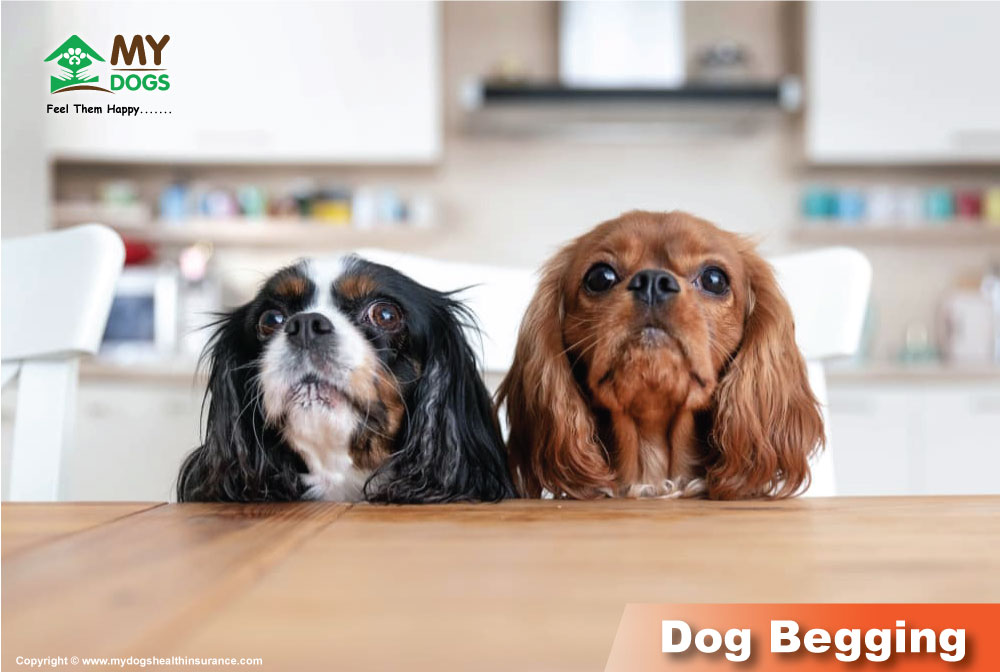
Dog Begging:
Big, soulful, puppy-dog eyes may be cute in photographs, but that look is usually directed at you when you’re trying to eat in peace. It can be worse if your dog is a drooler. Great big gobs of doggy saliva dripping onto your lap just don’t do a whole lot for your appetite. Begging is also a bad habit. So it might take some time to break. Especially if your dog is being got away with it for a long time.
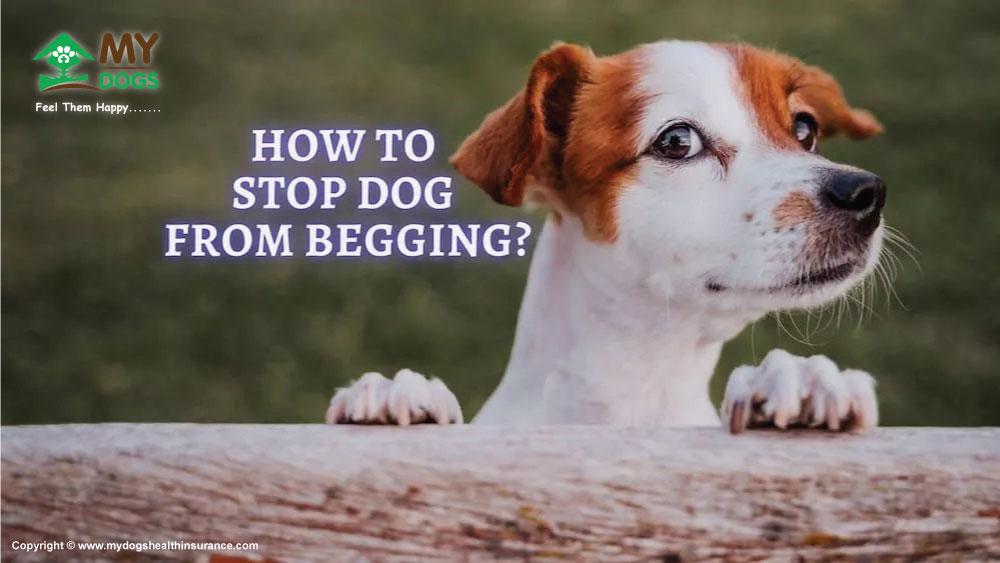
How To Stop Dog From Begging:
- Separating foods into “dog” food from “people” food is a very effective method of preventing dog begging.
- On when the first day you bring your dog home. Once your dog knows, you are a complete pushover (and most of us are). Dog tries to get you to share every chance he gets. Don’t give him those chances.
- If your dog is already skilled at sucking in his stomach and giving you those pathetically cute puppy-dog eyes, you need to train him to leave you alone when you are eating.
- Don’t even let him get comfortable in front of you when you have food. Order him to his crate immediately, and tell him to stay.
- If he gets up and comes to you while you are still eating, send him. off again. And again. And again until you have finished eating.
- If he refuses to go, put your meal down, and physically place him in his crate (but don’t shut the door: remember, it’s just a destination, not a prison).
- Repeat this procedure until you have pulled out all your hair in frustration and your dog successfully stays for the entire meal.
- When he stops coming back out to see you eat and after you are finished, call your dog to you and give him a reward of his own (not what you were eating or anything remotely resembling that meal).
- Keep in mind that if you just crate him up for every meal with the door closed he won’t actually be learning anything, he’ll still beg just as much when he’s out.

My Advice About Dog Begging:
I admit it: I’m not fussy about how my dog doesn’t beg. It’s just as long as he isn’t staring at me while I’m eating. I’m happy if the dog is at my feet pretending I’m not eating, or if he is across the room watching the paint dry on the walls not looking at my food.
This result really isn’t as hard. it’s just very time-consuming. And if you aren’t consistent and allow the dog to get away with it, or worse, reward the begging, even just once, you’ve added another couple of weeks to the time it will take to break dog begging.
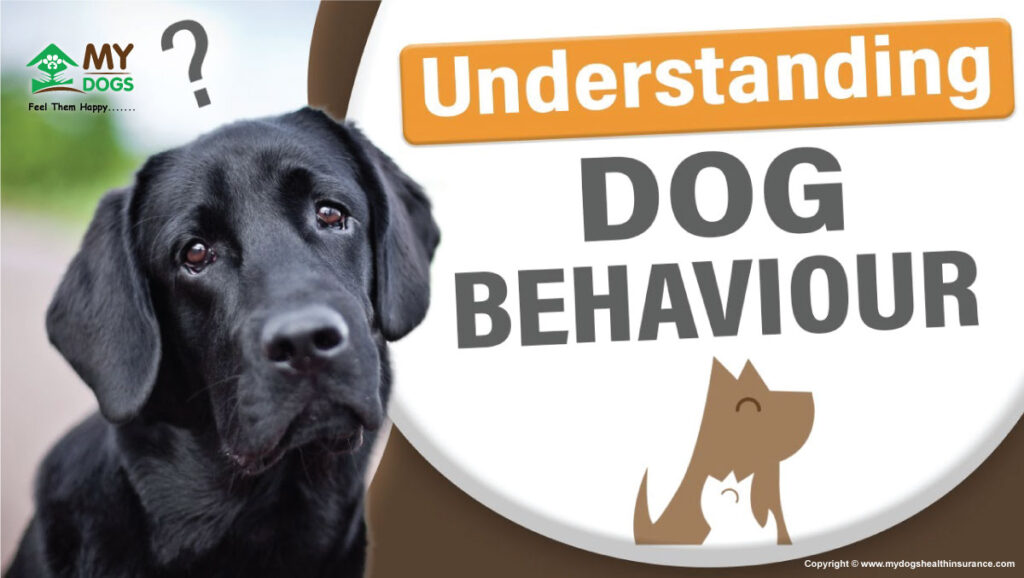
Conclusion:
In conclusion, Understanding and observing dog behaviors is extremely important for building a strong and healthy relationship with your dog. You know that dogs communicate through body language and their behaviors, and it’s important to interpret their actions correctly. You should understand, what your dog is trying to tell you? what can provide him with a safe and comfortable environment. Every dog is different from another. Therefore dog’s behaviors depend on its breed, age, temperament, background, and past experiences. For more understanding of the dog’s behaviors that I explained, you must consult a professional dog trainer or animal behaviorist. By observing and understanding a dog’s individual behavior patterns, owners could better meet their dogs’ needs and build strong and fulfilling relationships with pets
Note: For more informative Articles about dog Training & Activity – Click Here
FAQ
What are 5 abnormal dog behavior?
There are many abnormal dog behaviors, but here are five examples:
- Excessive barking or whining
- Destructive chewing or digging
- Aggression toward people or other animals
- Fear or anxiety in certain situations
- Compulsive behaviors such as tail-chasing or excessive licking.
If you noticed any of the above behaviors in the dog. seek the advice of a veterinarian or a professional dog trainer to address issues to improve your dog’s life quality.
What your dog is trying to tell you?
Some of the major signs that the dog maybe trying to tell something include:
A wagging tail can indicate happiness, excitement, or even fear. But depends on the speed and direction of the wag. However direct eye contact expresses a sign of trust and affection. While avoiding eye contact is a sign of fear or anxiety in the dog. Barking, whining, growling, or howling are ways that dogs communicate their emotions and need to their owners. A relaxed and loose body posture usually indicates a happy and comfortable dog, while a tense or stiff body posture can indicate fear, aggression, or discomfort.
What are normal behaviors in dogs?
Normal behaviors in dogs depend on the individual dog and their breed. But some common normal behaviors include:
Dogs wag their tails to indicate happiness or excitement. Dogs are naturally playful and enjoy playing with toys or engaging in other activities. They lick their owners or other dogs as a sign of affection or to groom themselves. Dogs sleep for hours each day and take short naps during the day. Additionally, dogs enjoy eating food and have a natural instinct to hunt. Dogs enjoy to explore the environment when they are at home or outside on a walk.
How do I know my dog is happy?
Many ways to interpret that your dog is happy. Common signs of a happy dog include wiggly body posture, with ears up and mouth slightly open. Happy dogs enjoy playing with toys or engaging in other physical activities. Dogs may show affection by cuddling, licking their owners, or leaning against them. A happy dog will usually have a healthy appetite and enjoy food. Dogs that are happy and the content will usually sleep soundly and comfortably.
What are 5 signs a dog is happy?
You may be aware of your dog’s current happy signs, such as soft, relaxed ears and eyes, a wagging tail, puppy licks, and a wide smile.
Here are five signs that a dog is happy
- Tail wagging.
- Playfulness.
- Relaxed body language.
- Appetite and sleep patterns.
- Affection and attention-seeking behavior.

